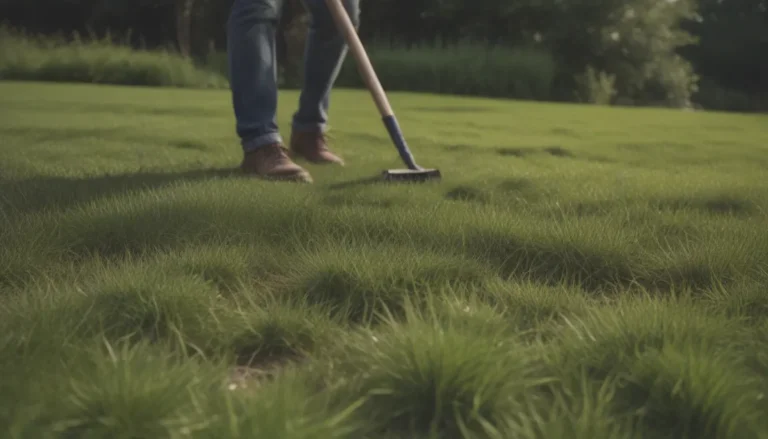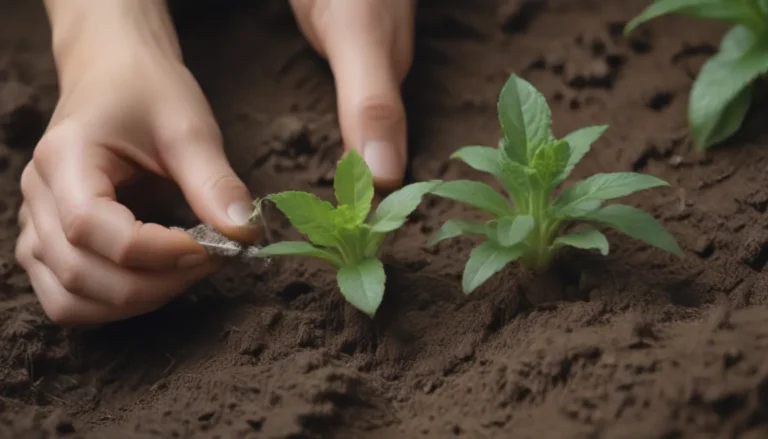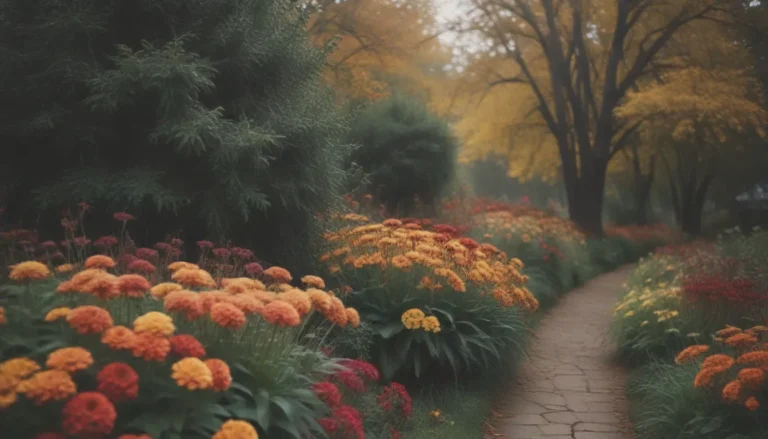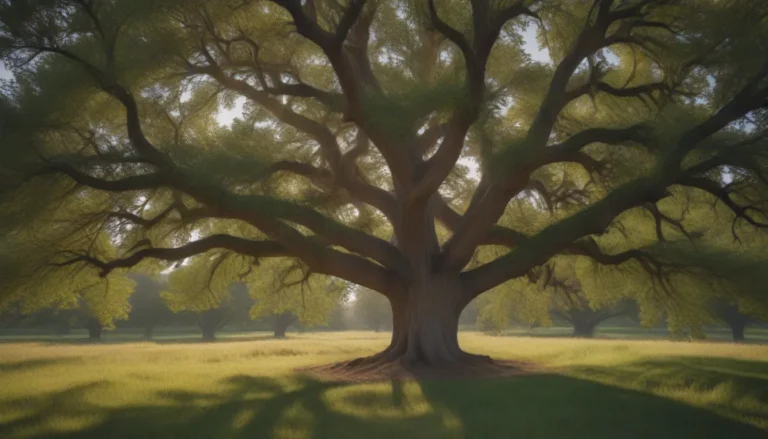The Ultimate Guide to Foolproof Perennial Plants for the Northeast U.S.
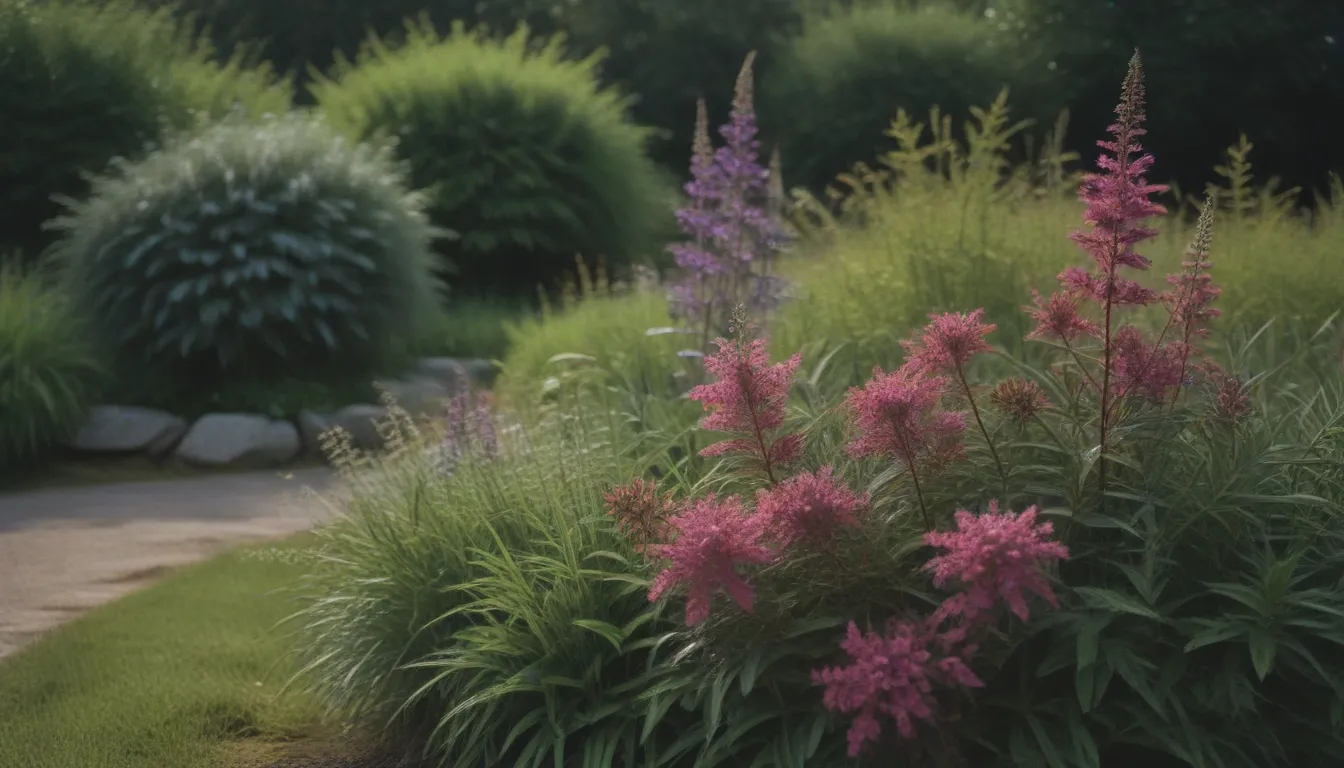
Are you looking to add some color and texture to your garden that will stick around for years to come? Perennials are the way to go! These plants are the heart of many ornamental gardens, but it’s crucial to choose ones that are suited to your specific growing conditions. From soil type to sun exposure to hardiness zone, there are a variety of factors to consider when selecting the perfect perennials for your garden.
In this comprehensive guide, we will explore 10 foolproof perennial plants that will thrive just about anywhere in the Northeast U.S. Whether you’re a seasoned gardener or just starting out, these plants are sure to bring beauty and ease to your outdoor space.
Understanding Perennial Plants
Before we dive into our list of top perennials for the Northeast, it’s important to understand that perennial plants are not immortal. While they do have the potential to stick around for years and even get larger and more floriferous with time, every plant species has an expected lifespan.
Some perennials are relatively short-lived, such as lupine, columbine, and coral bells, while others can live for many decades, like peonies, hostas, and sedum. If you’re looking to create a garden that requires minimal replanting, be sure to choose perennials with a reputation for a long lifespan.
Astilbe (Astilbe spp.)
Astilbe plants are a popular choice for Northeast gardens, thanks to their tall flower plumes and attractive lacy foliage. These plants come in a variety of colors and bloom from mid-spring well into summer. While astilbe only blooms once, the flowers stay attractive for weeks, even as they dry, and no deadheading is required.
To keep your astilbe looking its best, simply cut back the dead leaves in the fall or spring. Most astilbe plants benefit from being divided every three years, and providing some afternoon shade during hot, dry summers can help them thrive.
- USDA Growing Zones:
- Color Variation:
- Sun Exposure:
- Soil Needs:
Spiked Speedwell (Veronica spicata)
Spiked speedwell is another great option for Northeast gardens, with dense mounds of foliage and tall flower spikes that stand above the leaves. These plants grow to 1 to 3 feet in height and gradually flower from the bottom of the spike upward, resulting in weeks of bloom.
While spiked speedwell tends to self-sow, the volunteer seedlings are easy to manage. To encourage repeat blooming, be sure to cut back the flower stalks. Dividing your spiked speedwell every three years or so will keep the plant healthy and vigorous.
- USDA Growing Zones:
- Color Variation:
- Sun Exposure:
- Soil Needs:
Coral Bells (Heuchera sanguinea)
Known for their delicate, coral-colored, bell-shaped flowers, coral bells add a pop of color to any garden. These plants typically grow to 12 to 18 inches in height and have become popular among plant breeders for their colorful foliage.
In the Northeast, the biggest challenge with growing coral bells is their tendency to heave out of the ground in winter. To protect them from cold damage, mulch them after the ground has frozen. Dividing coral bells every three to five years will help keep them healthy and looking their best.
- USDA Growing Zones:
- Color Variation:
- Sun Exposure:
- Soil Needs:
Bleeding Heart (Lamprocapnos spp.)
Both the old-fashioned bleeding heart and the fern-leafed varieties are lower-maintenance plants that add a touch of elegance to any garden. While old-fashioned bleeding hearts bloom once in mid-spring, the fern-leafed varieties can repeat flower periodically throughout the summer.
Bleeding hearts do best in cooler climates and should be divided every four to five years. Be sure to deadhead them to encourage repeat blooming and keep the foliage looking fresh.
- USDA Growing Zones:
- Color Variation:
- Sun Exposure:
- Soil Needs:
Cranesbill Geraniums (Geranium Spp. and Cultivars)
Hardy geraniums, also known as cranesbill geraniums, are true perennials that make wonderful garden plants. These plants come in a variety of cultivars, with ‘Rozanne’ being a popular choice for its non-stop summer blooms.
Cranesbill geraniums should be divided every six to eight years to keep them healthy and vigorous. With their clumping growth habit and range of colors, these plants are a great addition to any Northeast garden.
- USDA Growing Zones:
- Color Variation:
- Sun Exposure:
- Soil Needs:
Catmint (Nepeta Species and Hybrids)
Catmint is a versatile perennial that adds a lovely blue hue to your garden. While some catmint species can be unruly, cultivated varieties like ‘Walker’s Low’ are well-behaved garden plants that grow to about 18 inches in height.
Catmint is an excellent substitute for lavender in the Northeast, as it is more tolerant of the region’s climate. Be sure to shear back your catmint after blooming to encourage repeat blooms.
- USDA Growing Zones:
- Color Variation:
- Sun Exposure:
- Soil Needs:
Columbine (Aquilegia Spp.)
Garden columbines are a delightful addition to any garden, with their colorful blooms and ability to self-sow throughout the bed. While columbines require little maintenance once established, deadheading them will prevent self-seeding.
These plants are drought-tolerant and should be divided every 10 years or so to keep them looking their best. With a variety of colors and cultivars to choose from, columbines add a whimsical touch to your garden.
- USDA Growing Zones:
- Color Variation:
- Sun Exposure:
- Soil Needs:
Russian Sage (Perovskia atriplicifolia)
Russian sage is a hardy sub-shrub that thrives in colder climates and dry conditions. This low-maintenance plant blooms bright blue in late summer and requires only a hard pruning in the spring for optimal growth.
Be sure to remove any runners that may sprout from Russian sage plants, as they can be invasive. Dividing your Russian sage every four to six years will help keep the plant healthy and looking its best.
- USDA Growing Zones:
- Color Variation:
- Sun Exposure:
- Soil Needs:
Daylily (Hemerocallis Spp.)
Daylilies are a staple in Northeast gardens, with thousands of cultivars to choose from. These plants fill out quickly and require dividing every four to five years to prevent overcrowding.
Newer repeat-blooming hybrids like ‘Happy Returns’ offer continuous blooms throughout the summer. Be sure to shear back the foliage and flower stems to encourage quick reblooms on these varieties.
- USDA Growing Zones:
- Color Variation:
- Sun Exposure:
- Soil Needs:
Peonies (Paeonia spp.)
Peonies are a beloved perennial in the Northeast, with large, showy flowers and compound leaves. These plants thrive in the chill of a northeastern winter but may be susceptible to gray mold in hot, humid summers.
To prevent disease, be sure to plant your peonies in an area with good air circulation. While peonies are long-lived plants, they do not like to be moved once established. Deadheading is not necessary, but dividing your peonies every few decades will keep them healthy and looking their best.
- USDA Growing Zones:
- Color Variation:
- Sun Exposure:
- Soil Needs:
Plant Selection Tip
When selecting perennials for your Northeast garden, keep in mind that the region’s prevalent rainfall can result in somewhat acidic soil. Be sure to check your soil pH with a soil test and choose plants that are well-suited to the pH of your garden soil.
Gardeners in the Northeast may find that conditions are ideal for acid-loving plants like azaleas, hydrangeas, and iris. By selecting plants that thrive in your specific soil conditions, you can ensure a healthy and vibrant garden.
With these foolproof perennial plants, you can create a beautiful and low-maintenance garden that will thrive for years to come. Whether you’re a seasoned gardener or just starting out, these plants are sure to bring joy and beauty to your outdoor space. So get out there, roll up your sleeves, and start planting your dream garden today!

